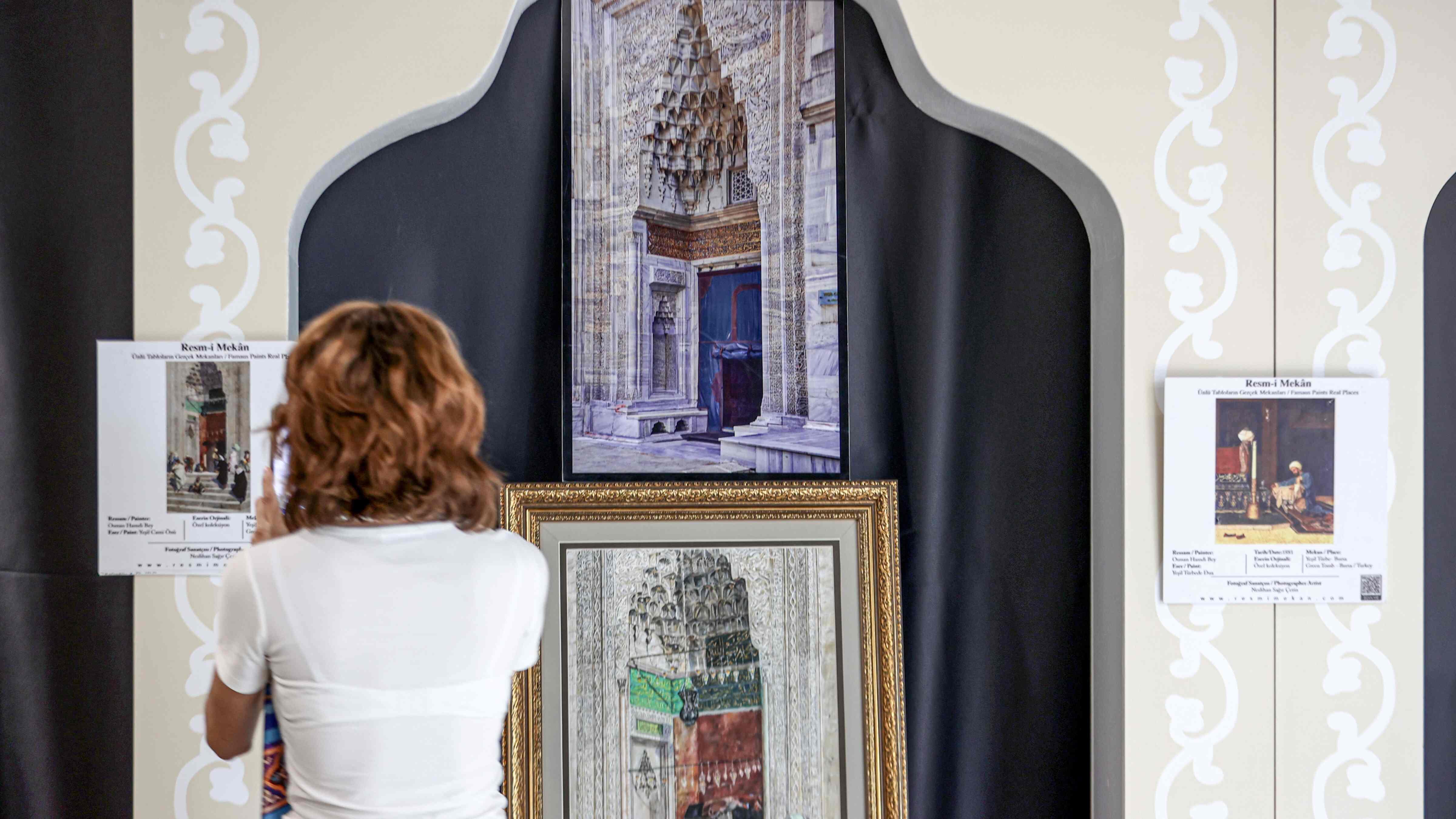
The works of Osman Hamdi Bey, a pioneering figure in Turkish painting, have been reinterpreted by 25 artists from various disciplines in a new exhibition that explores the intersection of history, location and traditional crafts.
Photographer Neslihan Sağır Çetin initiated the project by recreating the scenes of Hamdi Bey’s Bursa-themed paintings using live models dressed in period costumes, photographed at the original locations portrayed in the artworks.
As more artists joined the initiative, traditional elements depicted in Hamdi Bey’s paintings, such as Islamic calligraphy panels, wooden bookstands, glass oil lamps and İznik tiles, were reinterpreted through diverse artistic disciplines, including filigree, stained glass, wood carving and mother-of-pearl inlay.
Titled “Osman Hamdi Bey’s Bursa,” the exhibition is currently on view at the İznik Museum. “Osman Hamdi Bey was one of the first figures to introduce the concept of museology in these lands,” curator Çetin said.
She emphasized that the settings in Hamdi Bey’s paintings, such as the Yeşil Mosque, Yeşil Tomb, Muradiye Complex and the Mosque of Murad II, are all located in Bursa. “Through this exhibition, we highlight that these famous scenes are not imaginary. They exist, and they are here in Bursa,” she said.
Visitors to the exhibition can also dress in a replica of the costume from “The Tortoise Trainer,” Hamdi Bey’s most iconic work, and take photographs.
Among the 25 participating artists are master craftsmen officially recognized by the Culture and Tourism Ministry.
“We fused traditional arts with visual storytelling,” Çetin said. “For example, we combined Islamic calligraphy with filigree, wood carving with mother-of-pearl and many more.”
She noted that each work in the exhibition features different works and craft disciplines, even if the title remains the same. The current collection, which took nearly three months to prepare, will remain on display at the İznik Museum until June 10.